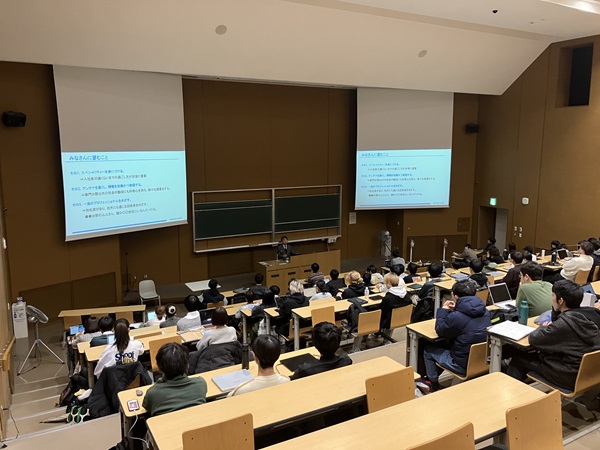No.3 March 2014 Feature article
It is three years after the March 11, 2011 Great East Japan Earthquake. The recovery of the affected areas has moved to a full-scale recovery stage from a restoration stage focusing on debris disposal. However, several serious issues have impeded the recovery plan. These issues, which include difficulties in consensus building between related organizations and local residents in the reconstruction of embankments devastated by the tsunami, a standstill of recovery process due to the delay of decontamination, and leakage of contaminated water from the TEPCO Fukushima Daiichi nuclear power plant, will lead to an uncertain future.
Under extremely limited time constraints and severe construction conditions, the present achievements in restoration and recovery could not be accomplished without the efforts of civil engineers who flexibly apply various technical skills. When confronting the unprecedented large-scale damage and vast amount of construction work, in order to overcome the seemingly impossible situation, strong technical skills backed by experience, and determination of engineers to make full use of their skills, are believed to be essential.
This special feature, focusing on three topics concerning the Great East Japan Earthquake, namely “Countermeasures and Lessons from Damage due to Tsunami”, “Decontamination and Response to Radioactive Contamination”, “Plans and the Possibility of Disaster Waste Treatment”, introduces selected cases of recovery projects that are driven by civil engineering technology.
The 2011 Great East Japan Earthquake will not be the final challenging earthquake and tsunami. Civil engineers in Japan have already started taking measures to prevent catastrophic consequences from the expected Great Nankai Trough earthquake. It is our intention that this issue will motivate and assist all civil engineers to consider their own missions, and visualize future possibilities.

